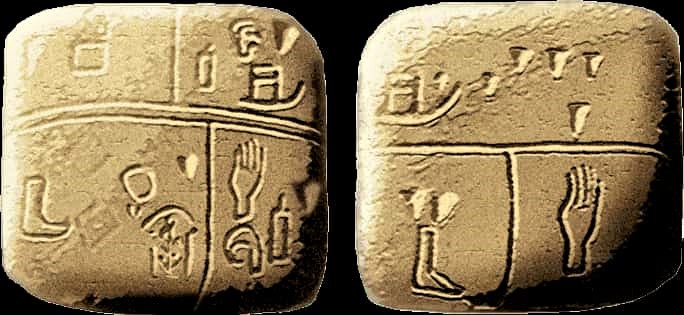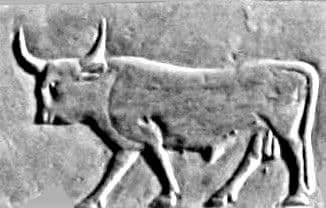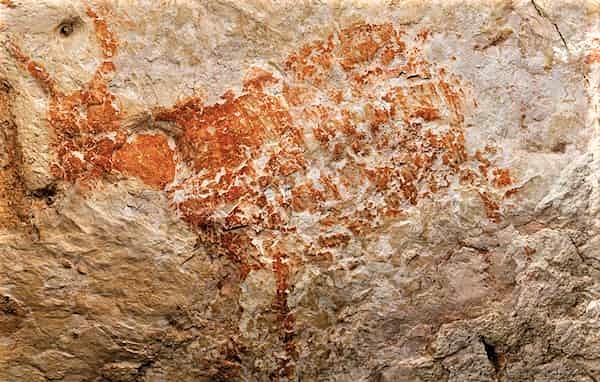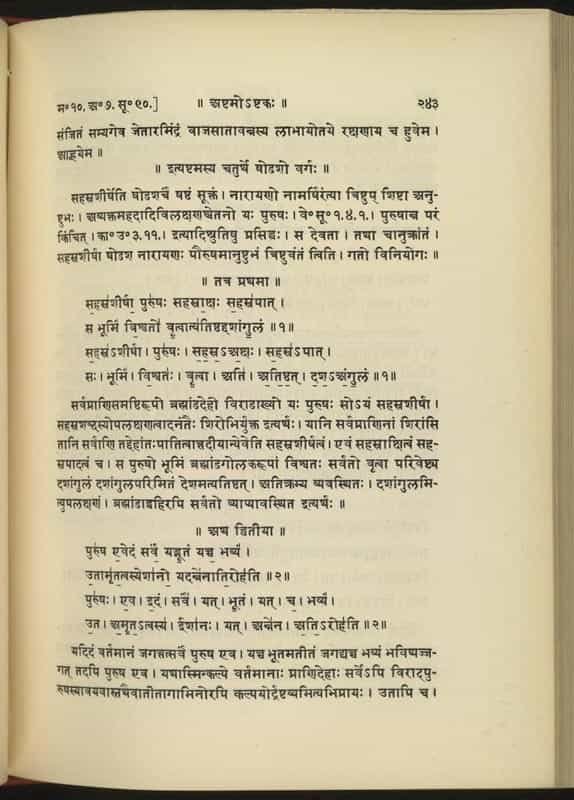Is Sumerian the oldest language in the world?
I usually claim that to understand the answer, you first have to understand the question. To me, that statement is something of a general truth, an axiom. But when you arrive at the question of languages, this becomes absolutely fundamental. To determine what is old and what is a language, we need to clarify what we mean.
Definition of the oldest language in the world.
Languages are in constant evolution. They come from somewhere, and they change as people move around, or are visited by other linguistic groups. The more influence a group has, from other groups, the more its language change
- So, is it correct to say that a language that has developed less is older than a language that has developed more?
- And when does a language become another language?
What do we mean by “oldest language”?
- Greek is a very old language. The first writing is something called linear B, and it dates as far back as 1400 BC. The greek that Homer used for writing his bestsellers, Iliad, and Odyssey, is called Homeric Greek (… Obviously). After Homer, there was great evolution and many changes to the language.
- Latin is also a very old language. Latin is the base for numerous languages that developed in the territory of the Roman Empire, such as French, Spanish, Portuguese, Romanian, and Italian. The Italian language was somewhat determined in the 12th, and 13th centuries and formalized with the writings of Dante Alighieri in late 1200 and early 1300.

A normal Greek-speaking person of today doesn’t understand much of ancient Greek, but it still holds the origins of the modern Greek language.
A normal Italian-speaking person of today doesn’t understand much of Latin, but it still holds the origins of the modern Italian language.
Greek is considered very old, and so is Latin. But Italian isn’t… Do you see the problem? Could it be that it’s just a matter of how you label a language?
The oldest written language.
Even though, when determining the oldest writings in history, you will have to face some of the same issues as with the only spoken ones, those without written documents. Writing is still a more solid ground to stand on. The written language has a document, something that’s physical, at least if it’s written on stone or clay. And the age of that document/thing can be determined and proven.

So, the oldest written thing is the Kish tablet. It’s a limestone tablet found in Iraq, in the Babylon province. It has an early form of partly syllabic, cuneiform writing probably in Sumerian. It dates from 3500 BC.
In Jiahu, China, some 100 miles, (150km) south of Zhengzhou, in 1989, artifacts were found containing writings that looked like very early Chinese symbols, dated to 6000 BC. The consensus among scholars is that these are not actual writings as the symbols don’t seem to contain any grammatical hierarchy. but rather only a simple geometric design.
Symbols of this character have been found in Serbia, Greece, many locations in the middle east, and other parts of the world.


Different types of writing.
Many language historians claim that the writing started in Mesopotamia, with the Sumerians, and the cuneiform script. Some think that the whole idea of writing then spread into other areas with merchants and diplomacy/warfare. The fact is that even if the Sumerians were first, we have many findings of other languages dated shortly after in the neighborhood. And we can’t know if there could be other examples of writings, that we haven’t found yet:
- In Egypt, the first known hieroglyphs are from around 3400 BC.
- In India, we have findings of the Harrapan script from around 3000 BC.
The most interesting aspect of the Jiahu-symbols is that they could be some sort of ancestor to the present Chinese Hanzi script, which is logographic writing, meaning the symbols are syllables or whole words rather than sounds. And that would make it by far the oldest written language still in use.
But now we are talking about writings. Spoken Chinese is a completely different matter.
But, for now, let’s stick with the Kish tablets for the prize as the oldest writing.
The oldest spoken language.
Determining the age of a language becomes much more difficult when you don’t have anything written. As we don’t have recordings or anybody old enough to remember, we will have to stick with hypotheses. And this is where the excellent historical linguists come in.
- When did humans start to talk?
- At what point could our sounds be considered speaking?
- And if it died out shortly after, should we still count it?
These are very interesting topics, and if you read on, I’ll get back to it, to the very first words any human being uttered ever.
But for now, the question has to be…
What is the oldest spoken language still in use today?
And we’re back to my example with the Greek and the Italian. We need to determine what “still in use” means. How far from the original can you get and still count it as the same language? Here are two examples of English. The first was from around 800 and the second was from somewhere between 1200 and 1500. How much of these languages do you understand?
Another aspect is to determine what we mean by spoken.
- Does it have to be a mother tongue to be considered alive today?
- Does it have to be used uninterruptedly, or could there be holes in the timeline?
Latin is a good example. Because it is still in use today. People know how to speak it. It is studied in schools and used by priests, singers, and doctors all over the world. But it’s not a mother tongue to anybody… And maybe it never was.
Latin is not old enough to be regarded in this group of very old languages. But Sanskrit is. Sanskrit is definitely among the contestants, and some would argue that this branch of the Indo-European language tree is, in fact, the oldest.
The oldest language in the world – Sanskrit and Hebrew.
Sanskrit’s first appearance comes in the ancient Indian collection of Vedic hymns, Rig Veda from about 1400 BC. Veda means knowledge, and these hymns are religious and metaphysical verses dealing with the universe, God, and the meaning of life. Two problems arise:
- We don’t have Rig Veda. Much like we don’t have any original of the Bible, The oldest written text of the Rig Veda is from the 13th century AD.
- Today nobody is born with Sanskrit as their mother tongue, but it exists as a religious and ceremonial language. Should it still be counted as the oldest language in the world?

Sanskrit is similar to the other Indo-European languages and probably descended from some common ancestor. Many words are close to those in Latin, Greek, and even English.
Talking about the Bible, Hebrew is also very old. Similar to Sanskrit, it is a religious language that was out of use for a long period of time. It was revived in the 1800s, and when the state of Israel was founded in 1948 it became the official language of Israel. But we don’t have the original writings of the Tanakh, the Hebrew Bible. The oldest complete copy is from around 1000 AD. Hebrew has some 5 million speakers worldwide, so it’s definitely live and kicking… But it was dead as a spoken language for over a thousand years. Do we count it?
More possible candidates.
- Tamil, is another language claimed by some scholars to be the oldest language in the world. The first documents in Tamil are from the 6th century BC. But it is possible that the language is much older than that. It has an unbroken timeline and today more than 75 million people speak Tamil.
- Chinese.
- Greek. (With the disclaimer above.)
- Lithuanian. Just like all the other European languages, it has Indo-European roots. But while most other languages have developed and changed, Lithuanian has maintained some of its original features. But does that make it older?
- Farsi – Persian. Farsi is documented from around 500 BC. That is early enough. But the Persians have at least some relationship, cultural and linguistic, with the former inhabitants of their territory, the Sumerians. If you count them as Persians, then Farsi is by far the oldest language in the world. But to me, that would be a rather long stretch. Farsi is spoken by ca. 70 million people worldwide.
 What defines a Language?
What defines a Language?
- A language is a mechanism for communicating with others, mostly of the own species.
- The language is sound-based or based on signs with the hands. The body-language expression doesn’t count in this case.
- It has to be variable.
Many social animal species can communicate vocally, by barking howling, snorking, squeaking, roaring, etc. But they are mostly limited to pre-determined sounds. We, on the other hand, can express an infinite amount of information based on the combination of syllables, and sounds.
The word house can be used in a variety of ways. You go to your house, or away from it, or it could be someone else’s house, or I could build a house… Or tear it down. It all comes down to where you put the prepositions, where you put the word inside the phrase, genus, the grammatical number, and many other possible variations. And that’s just one, single word.
Our brother primates do not have a well-defined language. They have sounds, and they can be quite communicative, but they don’t speak.
The oldest language in the world is sign-based.
Scientists have tried to teach chimpanzees to speak with words, but with little success. When teaching them to speak with symbols, they are much more fortunate. This could suggest that the origin of language lies in concrete symbols, rather than abstract words.
It’s a known fact that children with deaf parents, that is, children who have sign language as their mother tongue, so to speak, can communicate with words much earlier than speaking children. They learn their first words already at 6 months, and at around one year, they have a reasonable vocabulary, to be able to express simple phrases.

Professor Michael Corballis Ph.D. suggests that the oldest language in the world originated from gestures rather than sounds. He proposes a very early start of the language process in early humans. As far back as 6 million years ago. And it started with hand-, and facial expressions. If you’ve ever seen a political discussion in Italy, you know what a likely theory that is.
Homo Erectus, our forefather, was an ingenious creature. He traveled, he spread, and he created settlements with different types of buildings, in a hierarchical structure. Could he have done all that without some sort of language? Homo Erectus didn’t have our vocal apparatus, he didn’t have all our muscles in the throat, the mouth, and the tongue. But he stood up. And by standing up he freed his hands for gestures, and he showed his face for expressions.
Final thoughts
Today there are more than 5000 languages on this planet. More than 5000 ways to express simple things, write poetry, or books, or cry out for help. But all these languages have some sort of common origin. They all started out somewhere as simple sounds and gestures. From there they evolved and became a full palette of humanistic wonders… Our modern languages.

So, what is the oldest language in the world? If you’ve borne with me this far, you understand what I’m getting at. There is no oldest language in the world. Because they all come from somewhere and they go somewhere else. Every language is in a transformative phase between before and after.
We can determine which is the oldest language in the world only by defining the criteria. And the result would change according to the criteria.
So, yes, Sumerian is the oldest language in the world if you count written documents… And that’s not a bad criterion.
Conclusion
Yes, Sumerian is the oldest language in the world if you count earliest writings, and you consider both living and dead languages.
sources
- SpringerLink / The Gestural Origins of Language
- British Library / The history of writing
- Culture Trip / The 10 Oldest Languages Still Spoken in the World Today
- How stuff works / How did language evolve?
- Oldest / Oldest written language in the world
- Robbins Burling, The talking ape: How language evolved – pdf
- Wikipedia / Lubang Jeriji Saléh
- Wikipedia / Ancient literature
- Wikipedia / The Kish tablet